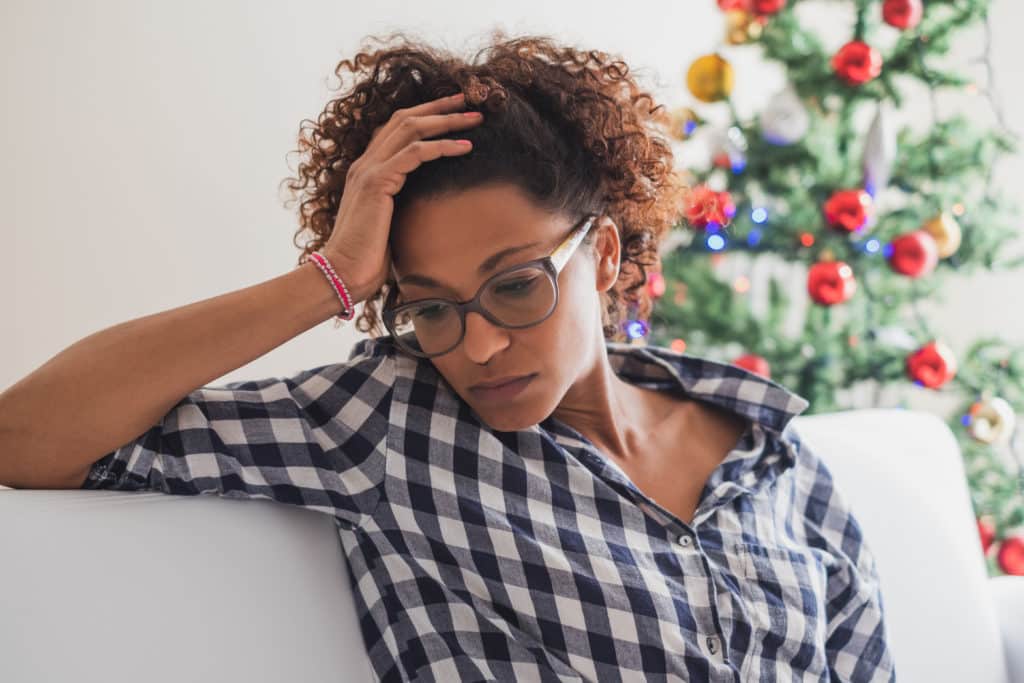This fall, The Council launched the Center for Co-Occurring Disorders, a groundbreaking initiative designed to address substance use and mental health issues together.
Substance use and mental health disorders often go hand-in-hand, with the National Institute on Drug Abuse estimating that about half of those who experience a substance use disorder will experience a mental illness during their lives and vice versa.
Despite the well-established link between these conditions, many treatment providers cannot or do not address substance use and mental health together, which leads to increased costs, duplication of services, and – most importantly – poorer outcomes overall. The Council launched our Center for Co-Occurring Disorders to respond to this critical challenge.
In this episode of Healing Choices, we will explore the connection between substance use and mental health, as well as the challenges and benefits of treating these conditions together. Plus, we’ll explore this history of substance use and mental health treatment in Houston – and how for 75 years, The Council has played a role in advancing care, research, and training around these life-changing conditions.
Podcast: Play in new window | Download (Duration: 30:00 — 41.2MB) | Embed
Subscribe: Apple Podcasts | Spotify | TuneIn | RSS | More

